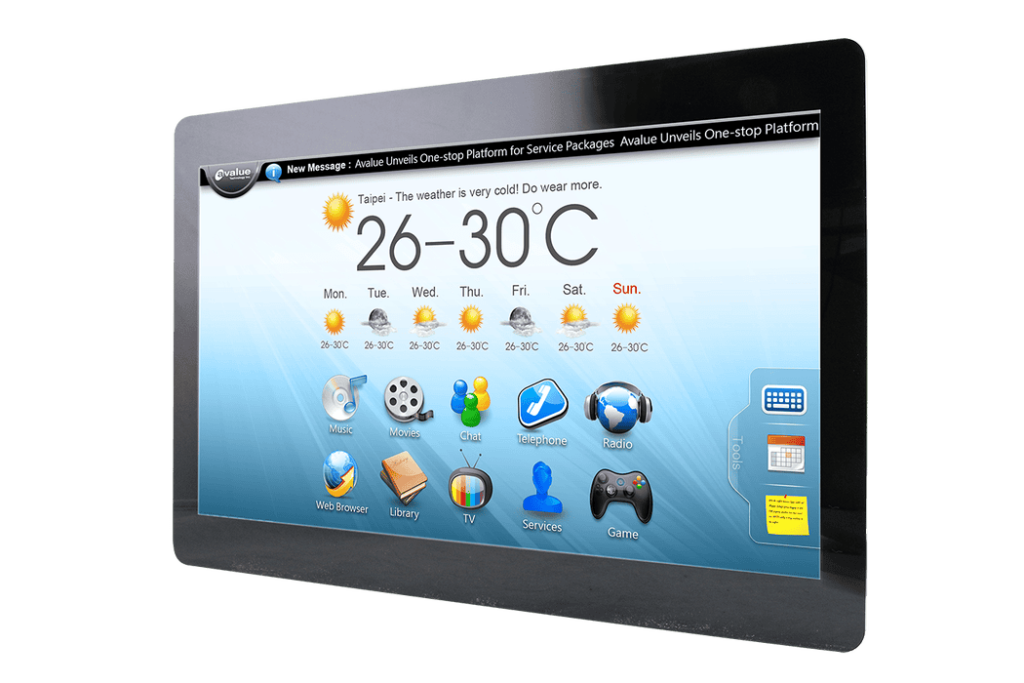+44 (0)1634 791600
info@crystal-display.com
Newsletter Sign Up!
+44 (0)1634 791600
info@crystal-display.com




In today’s electronics market, energy efficiency is no longer optional—it’s a necessity. Whether you’re designing consumer devices, industrial equipment, or IoT applications, choosing the right low-power display technology can have a major impact on product performance, usability, and sustainability.
From tried-and-tested LCDs to advanced e-paper solutions, there are several technologies that balance low energy consumption with functionality. In this article, we’ll break down the main options—LCD, electrophoretic, and electrochromic displays—so you can identify the best fit for your application.
A low-power display is designed to operate with minimal energy consumption while still providing clear visual performance. Many modern low-power displays leverage bi-stability, a principle where energy is consumed only when the displayed content changes. When the screen remains static, the display uses little to no energy.
This makes them ideal for applications where information doesn’t need to refresh constantly, such as smart labels, medical devices, or IoT dashboards.
Different applications require different display technologies. The most common low-power display options include:
Reflective LCDs
Reflective LCDs are a proven technology widely used in calculators, digital clocks, and basic industrial interfaces. They are cost-effective, relatively easy to produce, and offer reliable low-power performance. However, they typically lack the thinness, flexibility, and customisation options that newer e-paper solutions provide.
Electrophoretic E-Paper Displays
Electrophoretic displays (commonly seen in e-readers) mimic the look of ink on paper. They offer excellent readability in bright environments, very low power consumption, and are thin and lightweight. Their limitations often include slower refresh rates and higher costs compared to other technologies.
Electrochromic E-Paper Displays
Electrochromic displays represent the next generation of ultra-low-power display technologies. They are:
For companies seeking customisation, scalability, and sustainability, electrochromic displays are becoming the preferred choice.
Here’s a simplified side-by-side look:
Why Choose Electrochromic Displays?
At CDS, we recommend electrochromic e-paper displays for forward-looking projects that require:
They are especially well-suited for smart labels, retail displays, wearables, and industrial applications where efficiency and cost-effectiveness are critical.
As product designers and engineers look to improve energy efficiency, low-power displays are becoming central to innovation. While LCDs and electrophoretic displays still hold relevance, electrochromic e-paper offers unmatched flexibility, efficiency, and adaptability for future-ready solutions.
👉 Ready to explore low-power electrochromic e-paper displays for your project?
CDS can support you with custom display prototyping or evaluation kits to help you test the possibilities.
Contact us today to start integrating the next generation of low-power display technology into your products.